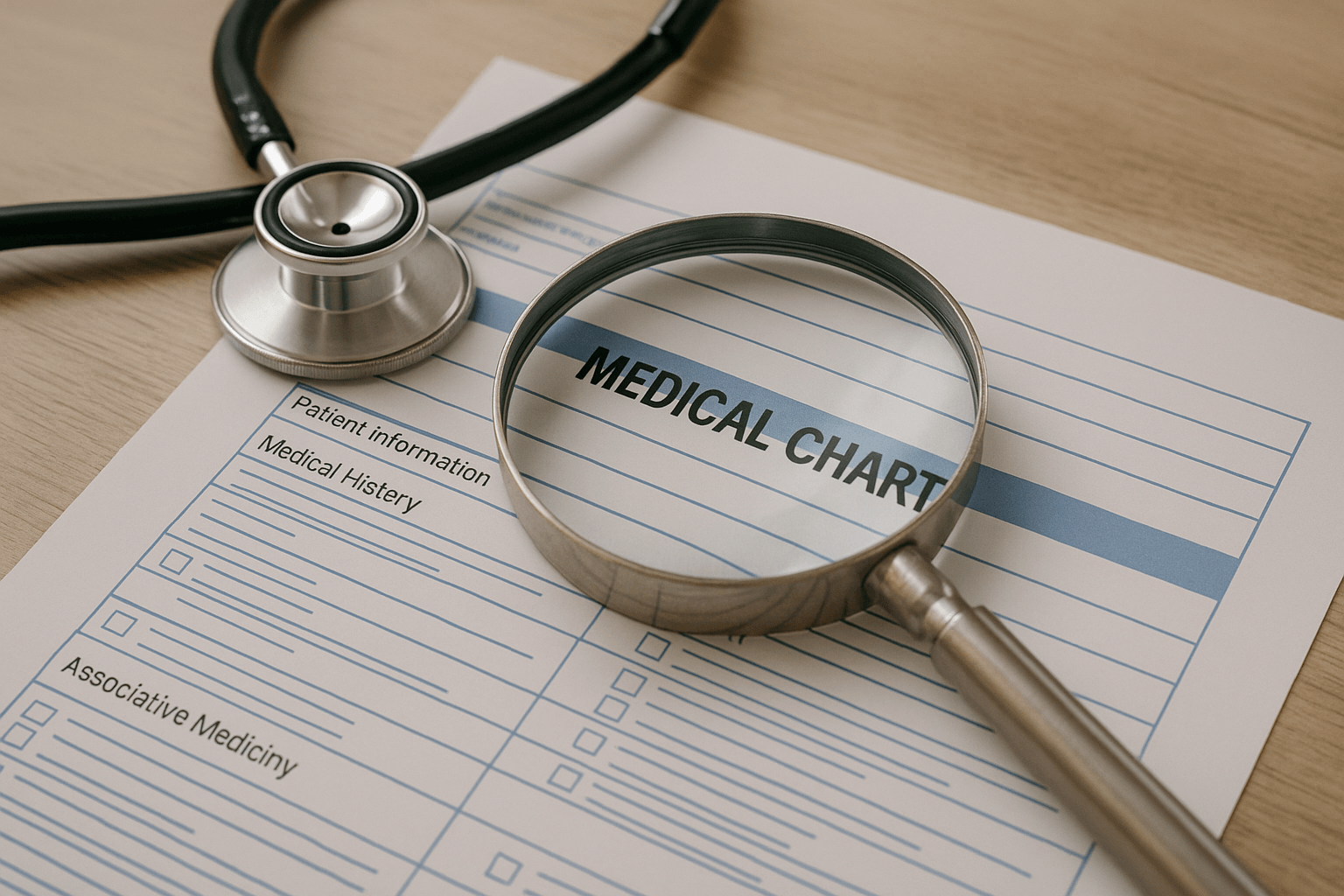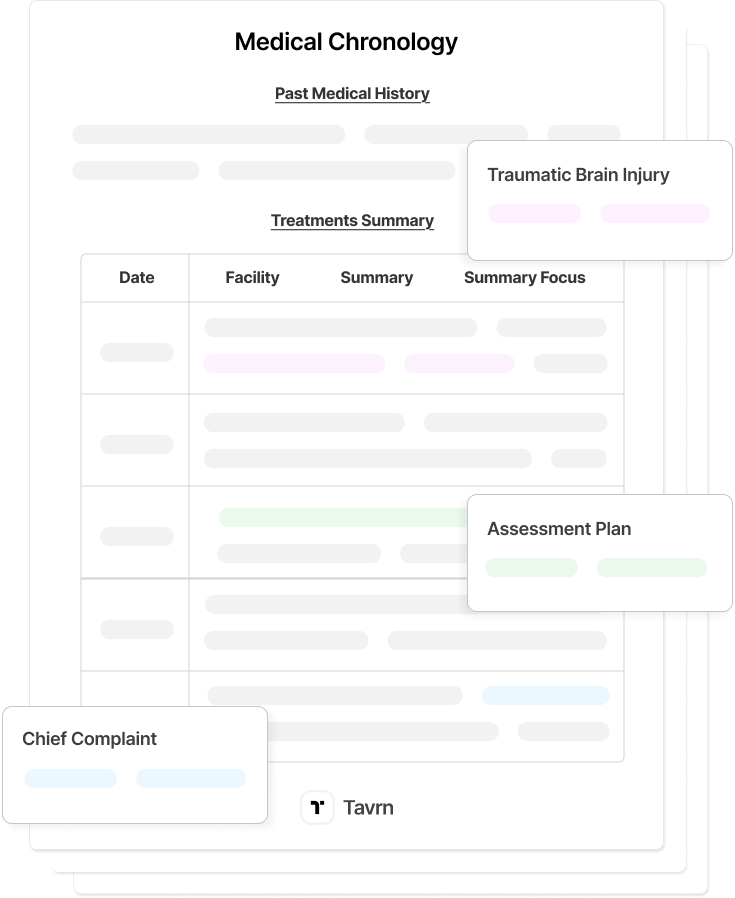Maryland maintains comprehensive statutory limits on medical malpractice damages through a framework that has remained constitutionally sound for four decades.
As of 2025, the state enforces a $905,000 cap on noneconomic damages, with structured annual increases designed to balance victim compensation with healthcare system stability. The approach represents a measured response to liability concerns while preserving full recovery for quantifiable economic losses.
This article reviews Maryland's current malpractice caps, legal framework, court precedents, and procedural rules governing medical malpractice litigation in the state.
Legal Framework and Constitutional Authority in Maryland
Maryland's medical malpractice damage caps operate under Maryland Courts and Judicial Proceedings Code § 3-2A-09, which establishes comprehensive limitations on noneconomic damages for causes of action arising on or after January 1, 2005.
The statute functions as self-executing legislation within Maryland's broader Health Care Malpractice Claims Act framework.
The constitutional foundation rests on Maryland Constitution Article 24, which provides due process protections while allowing legislative modification of statutory remedies. Maryland courts have consistently held that damage caps represent valid exercises of legislative authority over judicially created remedies, distinguishing caps from unconstitutional restrictions on fundamental rights.
The framework applies uniformly across all healthcare providers without distinction between individual practitioners and institutional defendants.
2025 Maryland Medical Malpractice Caps
Maryland's current statutory limits reflect annual inflation adjustments built into the original legislative framework.
The calculation formula uses a base amount of $650,000 plus annual increases of $15,000 beginning January 1, 2009. For 2025, this equals $650,000 + ($15,000 × 17 years) = $905,000. The wrongful death multiplier of 125% applies when multiple beneficiaries seek damages under Maryland's wrongful death statute.
- Noneconomic Damages: $905,000 cap per medical injury, regardless of the number of defendants or healthcare providers involved.
- Wrongful Death Damages:
- $905,000 for single beneficiary cases.
- $1,131,250 (125% multiplier) for multiple beneficiary cases.
- Economic Damages – No statutory limitations apply to medical expenses, lost income, or other quantifiable financial losses.
- Punitive Damages – No statutory caps under Maryland law.
Caps apply per medical injury occurrence rather than per defendant, meaning multiple healthcare providers involved in a single incident share the statutory limit. Juries cannot be informed of damage limitations during trial, with courts applying reductions post-verdict when necessary.
Recent Developments & Pending Legislation in Maryland
The Maryland General Assembly did not introduce legislation targeting medical malpractice damage caps during the 2024-2025 legislative sessions. All tort reform proposals have explicitly excluded medical malpractice cases from proposed modifications.
- Senate Bill 681 (2025): Senator Charles's healthcare provider definition expansion reaffirms the current $905,000 cap while proposing no structural changes
- House Bill 113 (2025): Delegate Ziegler's damage cap repeal legislation excludes medical malpractice cases from coverage.
- Senate Bill 538 (2024): Senator Waldstreicher's noneconomic damages reform explicitly "does not alter the caps on damages in medical malpractice cases."
Maryland’s legislative pattern confirms the state’s commitment to preserving the existing medical malpractice framework while considering modifications to other areas of tort law.
Future reforms may require separate consideration of medical malpractice policies, given the specialized nature of healthcare liability concerns.
Key Maryland Medical Malpractice Court Precedents
Maryland appellate courts have consistently upheld damage caps across constitutional challenges spanning four decades, creating predictable precedential authority for practitioners.
Edmonds v. Murphy: Constitutional Foundation
In Edmonds v. Murphy, 83 Md. App. 133, 573 A.2d 853 (1990), the Maryland Court of Special Appeals rejected comprehensive constitutional challenges under Article 23 jury trial rights, equal protection, due process, and separation of powers theories.
The court established that damage caps represent valid legislative modifications of statutory remedies rather than unconstitutional restrictions on fundamental rights.
This decision created the constitutional foundation that has withstood all subsequent challenges over three decades.
Rodriguez v. Cooper: Broad Application Authority
In Rodriguez v. Cooper (2018), the Maryland Court of Appeals held that damage caps apply to all personal injury claims, including gross negligence and intentional tort theories.
The court overruled previous Court of Special Appeals limitations from Cole v. Sullivan (1996), establishing that caps operate regardless of the defendant's mental state or specific tort theory.
This precedent eliminated plaintiff strategies to circumvent caps through alternative liability theories.
Procedural Rules for Filing Medical Malpractice Claims in Maryland
Maryland requires compliance with multiple procedural requirements before and during medical malpractice litigation:
- Statute of Limitations (§ 5-109): The Earlier of five years from injury date or three years from discovery, with specific extensions for minors and reproductive injuries.
- Pre-Suit Notice Requirements (§ 3-2A-02): 90-day advance notice to healthcare providers via certified mail, including factual basis, injury description, standard of care breach, and medical records within 30 days.
- Certificate of Merit (§ 3-2A-04): Expert attestation regarding standard of care departure and proximate cause within 90 days of complaint filing, with one-time extension available.
- Expert Witness Qualifications: Clinical practitioners devoting 80% of professional activities to patient care, with board certification requirements for specialty testimony and limitations on annual testimony percentages.
Maryland restructured the Health Claims Arbitration and Damages Review Office (HCADRO) system in 2015 and now requires direct circuit court filing for all medical malpractice cases. Expert witness restrictions include geographic practice requirements and prohibitions on testimony by parties, employees, partners, or stockholders.
Faster Medical Malpractice Case Preparation with AI Tools
Maryland's medical malpractice framework provides predictable statutory limits with established constitutional authority spanning multiple decades. Practitioners should focus case valuation on the annual inflation adjustments and wrongful death multipliers while ensuring compliance with comprehensive pre-suit notice and expert witness requirements.
Maximizing recovery requires thorough medical record analysis, strategic case presentation, and efficient documentation workflows.
AI-powered legal tools automate the time-consuming processes of medical record retrieval, chronology building, and demand package composition, freeing practitioners to focus on strategic case development within Maryland's established legal framework.
To learn more about legal AI platforms, book a Tavrn demo.

.webp)
.webp)




















































